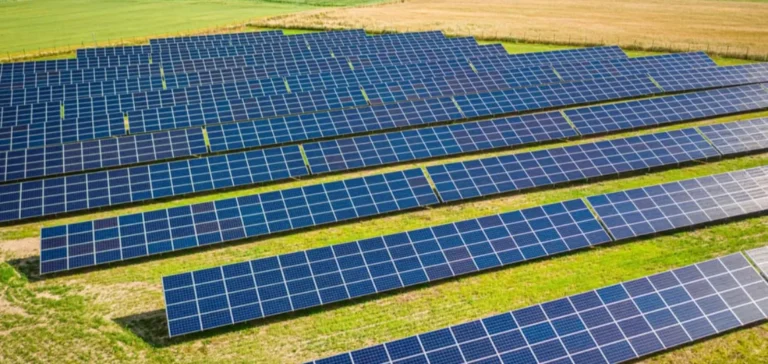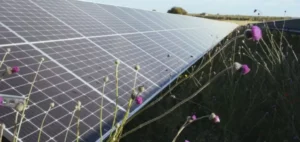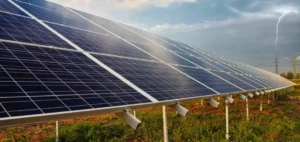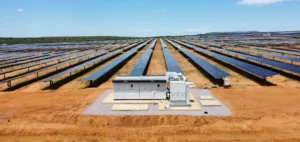Daikin, one of the world’s leading air conditioning system manufacturers, has signed a five-year agreement with ENGIE North America to power all of its Texas facilities with solar electricity. The contract covers the Daikin Texas Technology Park (DTTP), the group’s largest industrial site in North America, which houses manufacturing, engineering, and administrative functions.
Supply secured from Impact Solar
The electricity will be sourced from the Impact Solar project located in North Texas, which has been in commercial operation since 2021. The facility is operated by an independent third party, but Daikin will benefit from full traceability of the energy it consumes. The group aims to align its electricity usage with certified renewable sources as part of its long-term targets.
The agreement will help Daikin accelerate the implementation of its environmental roadmap, notably its target of transforming the DTTP into a net zero emissions factory by 2030. The contract forms part of a broader global strategy under the company’s “Environmental Vision 2050” framework.
Structured partnership with ForeFront Power
The initiative follows a two-year collaboration with ForeFront Power, a specialist in energy advisory services. This partnership enabled a detailed assessment of Daikin’s energy consumption at its Texas sites, the definition of operational targets, and the development of a long-term procurement strategy.
In parallel, a photovoltaic installation was recently commissioned at the DTTP site. It partially powers the plant’s central cooling system and supports its integration with the local electricity grid.
Mitigating energy market risks
This type of agreement reflects a growing trend among industrial groups operating in the United States: securing stable, traceable, and competitive energy sources over the long term. Using a third-party provider like ENGIE allows Daikin to lock in a significant share of its operational costs in a volatile energy market.
The DTTP is currently a major hub for Daikin on the American continent. By combining industrial production with a targeted energy procurement strategy, the company strengthens its local presence while addressing the economic demands of its manufacturing operations.






















